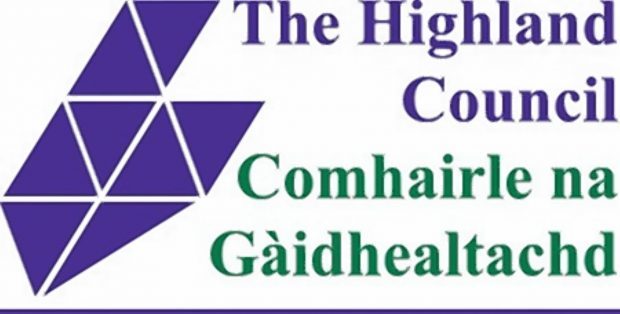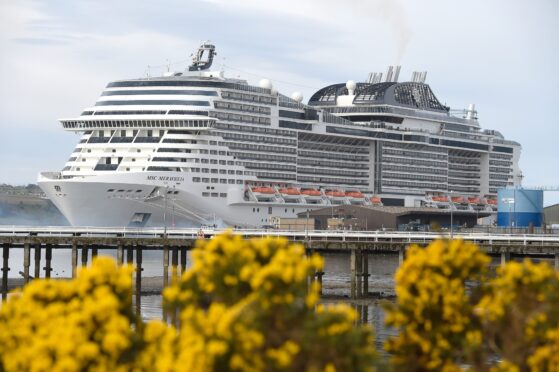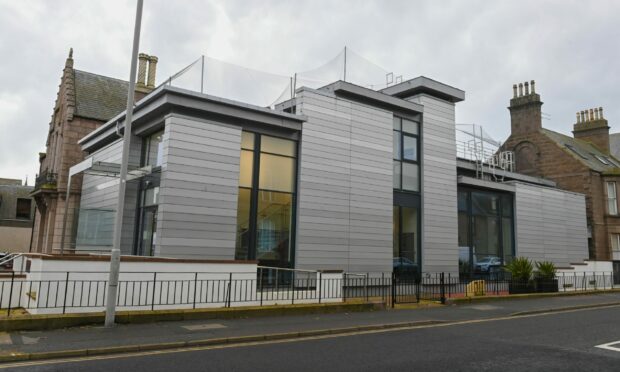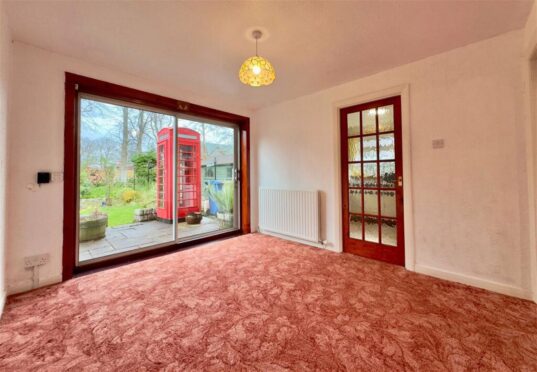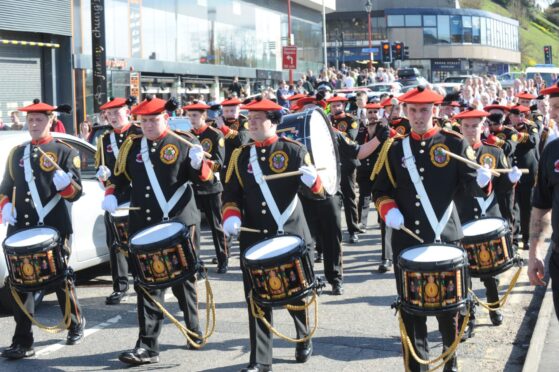Highland Council bosses have revealed the special measures they have put in place to keep their hundreds of EU employees in the country.
The council’s own research shows 4.5% of its workforce is from the EU – some 450 people.
Delegates to a council Brexit Summit yesterday heard that only one EU national is planning to leave, for reasons unrelated to Brexit.
The summit also heard from academics and experts with dire warnings about the impact of Brexit on rural areas, including loss of structural funds, increase in inequalities – and a need for greater community empowerment.
Human Resources officer Louise McGunnigle said the council has implemented a four stage strategy to support EU nationals, starting last May.
>> Keep up to date with the latest news with The P&J newsletter
She said: “The first stage was to track down the EU nationals in our 10,000 strong workforce, which was quite a challenge.
“During 40 years of freedom of movement, the council was not required to record EU nationalities on its central repository, so we had no idea of numbers.
“We started by doing an online survey and communicating with people by email and letter, and to make sure we find everyone we’ll keep looking through frontline managers right through the implementation period to 2021.”
EU citizens looking to stay in the UK will be asked to apply for ‘settled status.’
Ms McGunnigle said: “We recognised there were increasing levels of anxiety within the workforce. We wrote to all staff giving a clear commitment to support all EU staff to stay in the Highland Council.”
Her department then set up a website with continually updated information from the UK and Scottish Governments.
Guidance surgeries will help staff through paperwork to applied for pre-settled and settled status.
David Richardson, Federation of Small Businesses said he applauded the council’s support of their EU staff.
He said: “In Highland 41% of businesses have EU staff as opposed to 25% in the rest of Scotland.
“Brexit is simply fanning the flames of a crisis in our labour force.
“Everyone’s agreed that we need to hold on to our young people in the Highlands, but it’s not enough.
“We also have an ageing population needing more carers. The labour pool isn’t big enough.”
Councillor Ron MacWilliam said: “I have called for Highland Council to lead the development of a new regional workforce recruitment strategy that spans the various sectors in order to alleviate the worst crisis possibilities that appear to be imminent.”
Leader of the Highland Council, Margaret Davidson said: “The risks are clear and the opportunities and positives are a lot less clear.
“We need to talk about a common regional policy and we need to be asking very clearly what we want to be devolved to a regional level.”
How has Scotland benefited?
EU funding has brought an estimated £1bn in assistance to the Highlands since 1975, funding critical to the region’s growth.
Between 1975 and 1983, Scotland was the third highest recipient of European structural funds in the EU. That figure has declined as the EU has expanded, but the loss of structural funds to the UK after Brexit will be in the region of £900 million.
Highland Council has agreed key policy areas on which to lobby the Scottish and UK Governments post Brexit.
Priority issues to be progressed are regional policy; inward migration; access to markets; agriculture crofting and land management
Councillor Jimmy Gray, Administration lead for European matters, said: “Discussions depend on good will between all parties and governments.
“This is a very complex subject which needs us all working together. There are a lot of partners involved, all with different priorities and we need to find some common ground. If we can have a clear voice on priorities across the Highlands and Islands, we have a better chance of success.”
